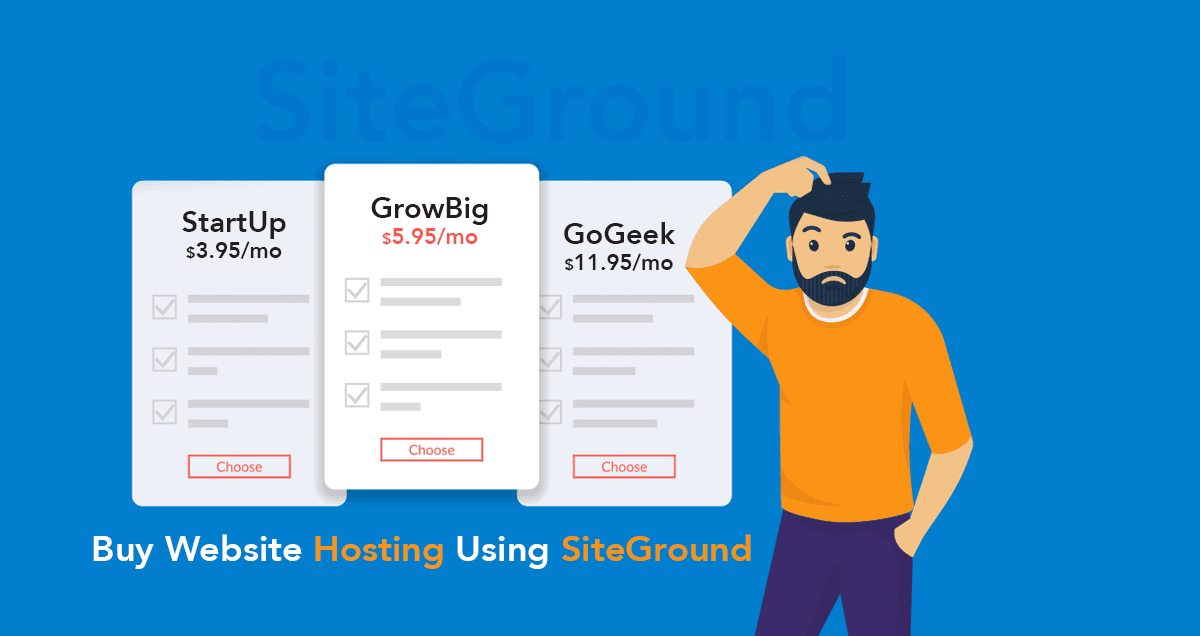
You can send error messages to another program by using the apache log command. There are several levels to choose from, including warning, debug, critical, and debug. Each level has its advantages and disadvantages. The situation you are in will determine the level that is best for you. You might choose a high log setting if your server is down. Normal usage can be set to a low level.
Log level changes
To increase or decrease the severity log messages, you can adjust the Apache log level. The default level for Apache log messages is warn. The other two levels are crit and emerg. Warning logs are only generated when the system is operating normally. However, they can become problematic over time. Changes to the log level can help you debug and troubleshoot your server.
Apache web servers can change the log level to affect all logs. This will increase the size of your log files and make it more difficult for the web server to work. You can increase the log level in trace to get more detailed logs.
Messages logged
Apache can be used to analyze error messages on a server. This log contains information about the type of error, time it occurred, and severity level. It also includes information about your web browser and client's operating system.

Apache server logs information from clients to create log files. These log files can be accessed with a simple text editor, such as tail or cat, which are command-line tools on Linux.
Logging messages at debug level
The debug level logs information on errors and warnings within the application. These messages are useful in debugging and testing. Filtering the messages can be done by choosing the appropriate level. This allows you to get more information without losing any details. If you are working on a specific subsystem, you can set the DEBUG or TRACE level to get more detailed information. The INFO level should be used in production environments.
The message with this level is not necessarily a sign that the application is failing to function. It could indicate that an important component of the application isn't working properly. An application might not be able access a file or service. Most applications will still work as usual without the error message.
Messages logged with FATAL level
A message logged with FATAL level designates a very serious error, such as a database corruption, a major problem, or a complete application failure. These errors need to be fixed immediately because they can lead to financial loss or significant data loss. This does not necessarily mean that the program has failed. Many applications will still run regardless of these events.
In order of severity, the severity levels are listed in ascending order. If the error message is FATAL, it will terminate the program and log the error. Log messages that are less severe will be logged in lower severity logs. If the DFATAL level is set, the log message will be recorded in debug mode and not production. This prevents the program from being stopped in a live environment.

TransferLog level logging messages
There are three levels in log messages: "emerg", which means "unusable", "alert," "crit", and "crit". An "emerg” message is an indication that the system has stopped working correctly and must be corrected immediately. A "warning" message is not intended to be ignored but should be reported so that further investigation can be done. Informational messages such as "info" are useful for troubleshooting purposes. Debug messages provide more detail.
Apache also tracks the status of an HTTP request or connection. The HTTP status code is useful in measuring the speed of a website. A 404 response, for example, includes Referer information.
FAQ
Do I Need Any Technical Skills To Design And Build My Site?
No. You only need to have a basic understanding of HTML/CSS. You can find tutorials online for HTML and CSS.
How much does it cost for a website to be built?
The answer to this question depends on what you want to accomplish with your website. Google Sites, for example, might not be necessary if you are merely looking to share information about your business or yourself.
But if your goal is to attract visitors to a website, it's likely that you'll need to invest in something more robust.
The most popular solution is to use a Content Management System (like WordPress). These programs can be used to build a website quickly and easily without having to know any programming. The sites are hosted by third-party businesses, so there is no risk of your site being hacked.
Another way to build a website is to use a service called Squarespace. There are a number of plans available, with prices ranging from $5 per Month to $100 Per Month depending on the features you wish to add to your website.
How much do web developers make?
The hourly rate for a website you create yourself is $60-$80. However, if you wish to charge more, you can become an independent contractor. An hourly rate of $150-200 could be possible.
How do you design a website?
Your customers will first need to understand the purpose of your website. What do they look for on your site?
What problems might they have if they don't find what they're looking for on your site?
This knowledge will help you to identify the problems and then solve them. You also need to make sure that everything on your site looks right. It should be easy-to-use and navigate.
Your site should be extremely well designed. It shouldn't take too many seconds to load. If it takes too many seconds, people won’t be able stay as long. They'll move elsewhere.
You need to consider where your products are located when you build an eCommerce website. Are they in one place? Or are they scattered around your site?
You need to decide whether you want to sell one product at once or many different types of products. Are you looking to sell one product or several?
When you answer these questions, your site can be built.
Now, it's time to take care of the technical aspects. How will your website work? Will it be fast enough? Are people able to get it done quickly from their computers?
Will people be able to buy something without having to pay extra? Are they required to register before they can buy anything?
These are essential questions that you need to ask yourself. When you have the answers, you can move on.
How Much Does It Cost to Make An Ecommerce Site?
This will depend on whether you are using a platform or a freelancer. eCommerce websites start at about $1,000.
You can expect to pay between $5000 and $10,000 for a platform once you have decided.
You won't spend more than $5,000 if you are using a template. This includes any customizations that you might need to suit your brand.
What is responsive web design?
Responsive Web Design (RWD), is an approach to designing responsive websites. Content will display correctly on all devices, such as smartphones, tablets, laptops, tablets, and desktop computers. This allows users access all features of a website, including navigation menus, buttons and buttons, on one device. RWD's goal is to ensure that users view the exact same version of a website on every screen size.
Consider, for instance, that you're building a website for an eCommerce company and your products are sold primarily online. It is important to ensure that your website can be accessed on any device, including a smartphone.
A responsive site will adapt to the device used to view it. So, viewing the site on your laptop will look like a standard desktop website. It will be different if the page is viewed from your phone.
This allows you create a website that looks great on any device.
Statistics
- Studies show that 77% of satisfied customers will recommend your business or service to a friend after having a positive experience. (wix.com)
- Is your web design optimized for mobile? Over 50% of internet users browse websites using a mobile device. (wix.com)
- It enables you to sell your music directly on your website and keep 100% of the profits. (wix.com)
- It's estimated that in 2022, over 2.14 billion people will purchase goods and services online. (wix.com)
- When choosing your website color scheme, a general rule is to limit yourself to three shades: one primary color (60% of the mix), one secondary color (30%), and one accent color (10%). (wix.com)
External Links
How To
How do you become a web developer
A website is more than just HTML code. It's an interactive platform that lets you communicate with users, and offer valuable content.
Websites are not just for information delivery; they can also be portals to your business. Customers should find the information they are looking for quickly and efficiently. It should also show them how to interact with you company.
The best websites enable visitors to find exactly what they want and then move on.
This requires you to acquire technical skills as well design aesthetics. You'll need to learn HTML5 coding and CSS3 styling as well as the latest developments in JavaScript.
A variety of tools are required, including InDesign, Photoshop, Illustrator and Fireworks. These tools enable designers to create website graphics and layouts. Finally, you will need to create your style guide. This includes everything from fonts and colors to layout.
If you're interested in becoming a web designer, start by reading articles on the topic, taking online courses, or enrolling in college programs.
It may take months or years for you to complete your degree. However, once you have a degree you will be ready to enter into the workforce.
Don't forget to practice! You will build amazing websites if you are a better designer.